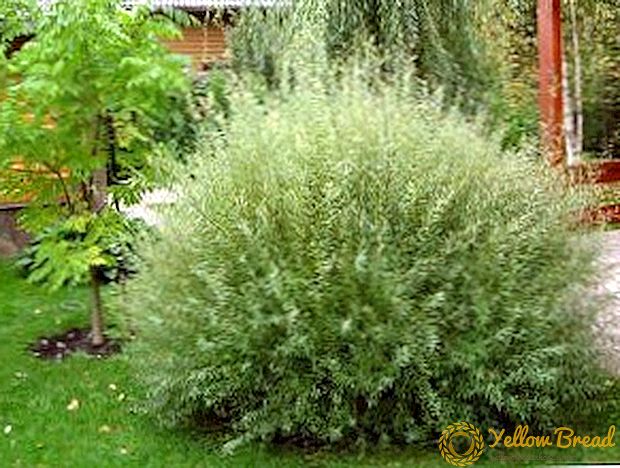 When growing tomatoes, you can often see how they wither over time. Such wilting occurs due to verticillus infection. This is one of the most common ailments of tomatoes.
When growing tomatoes, you can often see how they wither over time. Such wilting occurs due to verticillus infection. This is one of the most common ailments of tomatoes.
- Description of the disease and photos
- First symptoms
- Causes and pathogen
- Is there a cure
- Better to prevent: agrotechnology for prevention
Description of the disease and photos
Verticillosis is a fungal plant disease that appears suddenly and spreads rapidly. Its pathogens in large quantities are in the soil, affecting the plant through the root. At a depth of 45-55 cm, these mushrooms can be stored in the ground for about 15 years. A characteristic sign of verticillia is necrosis. This disease affects not only tomatoes; crops such as eggplant, potato, sunflower, pepper and raspberry also suffer from it. Most often, this disease is found in regions with a cold climate. 
First symptoms
The first symptoms of verticillosis in tomatoes appear during the growing season, at the time when flowering begins.At the same time, the lower leaves begin to turn yellow, and subsequently they dry up and fall. At the top of the tomatoes, the leaves retain their green color, but begin to curl heavily. Next, the roots begin to die off gradually, although the root system does not look infected. Vascular necrosis in this disease can spread through the stem to a height of up to 1 m. 
Causes and pathogen
The causative agent is a fungus that is found in the soil. The infection develops first in the vessels, and then, with a current of liquids, it passes into all the organs of the plant. The fungus accumulates in the roots and veins of the leaves. When a plant dies off, the disease gets out of it into the soil and spreads to neighboring plants through cuts, broken roots or other parts.
The first to suffer from this always young plants that grow well. This disease is transmitted through seeds, plants, soil and even tools for the garden.
 The disease develops with sudden changes in soil moisture, when the temperature drops below 18-20 ° C. If the temperature rises higher than 25-27 ° C, the infection process does not occur.
The disease develops with sudden changes in soil moisture, when the temperature drops below 18-20 ° C. If the temperature rises higher than 25-27 ° C, the infection process does not occur.Is there a cure
As such, there is no treatment for the verticillous wilting of tomatoes. Tomatoes that have been infected are not subjected to chemical treatment - it will not save them. They need urgently to destroy.

Better to prevent: agrotechnology for prevention
The best way out of this situation is to prevent wilting. It is very difficult and somewhat useless to fight this disease. To protect tomatoes from withering, you must adhere to the following rules:
- as soon as you see the infected plant, remove it. Do not throw it in the compost pit;
- useful is the treatment of planting soap with soap;
- spraying with potassium permanganate with boric acid, copper sulphate and zinc is also a good way;
- regularly feed tomatoes with phosphorus-potassium mixtures;
- Watch out for the humidity of the earth.
If you want to grow tomatoes, then buy those varieties that are resistant to the disease. Now many such varieties are bred. Good luck in planting and let your tomatoes do not suffer from various ailments!






